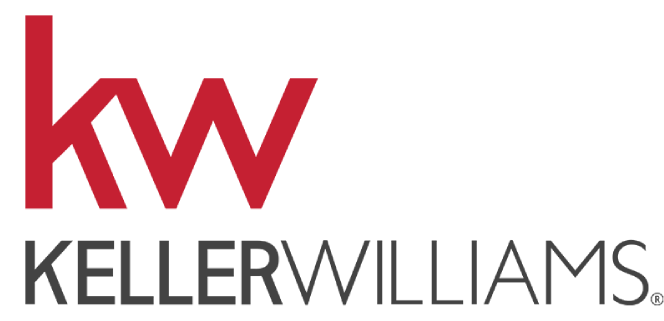Matt Godschall of Lacher Insurance busts some flood damage myths.
Here in Pennsylvania, we have a very wet climate; flooding is a reality that homeowners have to prepare for. Even with precautionary measures in place, though, the unthinkable can happen—do you know what are you covered for? What should you be looking for when shopping for insurance, and what are the best strategies for protecting your assets?
According to Matt Godshall, personal insurance sales director at Lacher, there’s no shortage of misconceptions about what flood insurance is, and what it isn’t. “Water comes in a lot of different ways,” as Matt says, “so the conversation tends to ebb and flow—pun intended.” There are a few easy ways to categorize coverage for water damage:
A traditional home policy covers things like a broken pipe or water heater. Then there’s what’s known as subsurface water, where water comes up through a sewer, drain, or sump pump. In that case, your standard home policy will not cover damage to basement contents or building material (e.g. drywall, insulation, and carpeting) without endorsement. You can add on special water backup coverage to your existing policy or pick a different deductible so as to make it a bit more accessible at the time of a loss.
Especially if you have a finished basement, water backup coverage is certainly something you’ll want to explore with your insurance professional. Be aware that not all carriers will cover personal property and building materials; it’s often just one or the other. Also note that neither subsurface water nor broken pipes/systems constitute “flood damage.”
As a homeowner, you’ll need to have a guard against surface water, which could come through an egress window or small cracks in foundation walls. In that case, the water damage to your basement will be considered “flood,” and that’s not covered one way or another by home insurance policies. The only financial hedge you have against that type of scenario is to set up a separate flood policy.
Traditionally, the National Flood Insurance Program, run by FEMA, has been the body to respond to such needs. NFIP has established the 100-year marker for exposure based on symetrics and forecasting of flood potential in a given area. You may think that you’re safe because you don’t live in a flood zone, but weather is becoming more extreme and flooding comes in all different shapes and sizes. Take increasingly intense nor’easters, for example, or the fact that water here is always freezing and thawing even in relatively normal conditions.
People that aren’t in flood zones are seeing water in their basement. There’s now a sizable private market that’s more accessible (and oftentimes more financially reasonable), so homeowners have options at their disposal. One of the biggest misconceptions that Matt encounters is the idea that flood insurance will break the bank. In reality, it can be remarkably affordable—just a few hundred dollars. In the grand scheme of things, that’s not a huge investment to prevent tens of thousands of dollars in flood damages.
Hopefully, you found our conversation informative. Don’t hesitate to reach out by phone or email if you want further information about disaster coverage; I’d be happy to get in touch with Matt. Of course, if you have any buying, selling, or investing needs, I’m always personally ready to help in any way I can!



